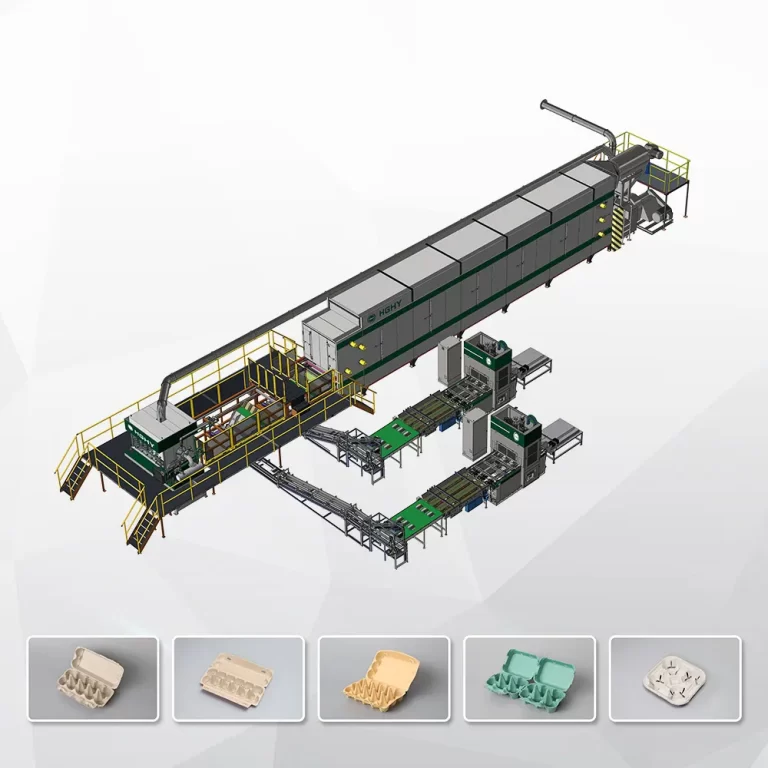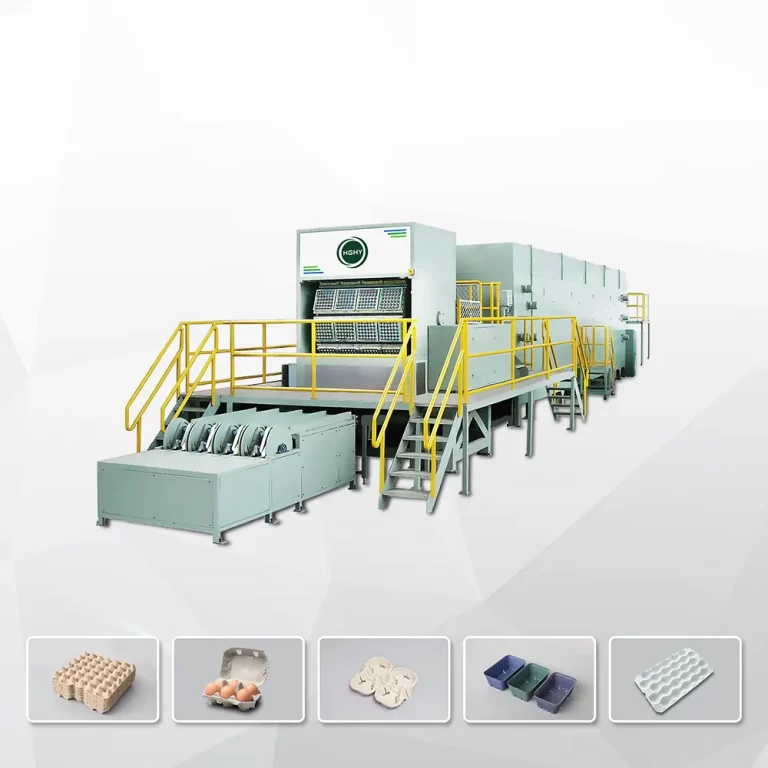The history of egg cartons dates back to 906 AD when Thomas Peter Bethell, an inventor from Liverpool, England, created the precursor to the modern egg carton by lining a wooden box with cardboard and naming it the “egg box.” This design provided a basic form of protection for eggs.
In 1921, Morris Koppelman applied for a patent on an improved version of the egg carton, known as the Coiled Box. He carefully cut, folded, and glued cardboard dividers, enhancing the carton’s protective capabilities.
By 1931, Francis Sherman from Massachusetts patented the egg paper carton, which no longer used cardboard but employed molded pulp, significantly improving egg protection and production efficiency.
In 1967, expanded polystyrene foam began to be widely used in egg carton production, making the cartons lighter and more durable, further meeting market demands for egg packaging.
These key inventions and improvements mark the evolution of the egg carton from a simple design to a modern, diverse packaging solution, reflecting the integration of technological advancement and market needs.
How About HGHY Egg Tray Making Machine
The HGHY Egg Tray Making Machine has evolved significantly over the years, driven by advancements in technology and increasing demand for sustainable packaging. Initially designed for basic production, early models focused on efficiency and cost-effectiveness, using simple mechanical systems.
As environmental awareness grew, HGHY integrated eco-friendly materials and processes, utilizing waste paper as a primary raw material. The introduction of automation improved production speed and consistency, allowing for higher output with less manual labor.
Recent innovations include advanced control systems for precise operation, enhanced molds for better product quality, and energy-efficient designs to reduce environmental impact. The ultimate goal of the HGHY Egg Tray Making Machine’s evolution is to provide a practical, sustainable solution that meets the needs of the modern market while prioritizing eco-conscious practices.
HGHY Egg Tray Making Machines
Features and Capabilities
Production Capacity: HGHY offers a range of egg tray machines with varying production capacities. The machines can produce anywhere from 1,000 to 7,000 egg trays per hour, depending on the model. This wide range makes them adaptable to different business scales, from small enterprises to large industrial operations.
Automation: HGHY machines are typically highly automated, reducing the need for manual labor and increasing production efficiency. Automation also ensures consistent quality and reduces the chance of defects.
Energy Efficiency: Many HGHY models are designed to be energy-efficient, incorporating advanced technologies that minimize power consumption and reduce operational costs.
Suitability for Different Business Scales
Small to Medium Enterprises (SMEs): For smaller businesses or startups, HGHY offers models with lower production capacities that are cost-effective and easier to operate. These machines are ideal for businesses in regions where demand is moderate, or for those just entering the market.
Large Enterprises: Larger models are suitable for established companies with high production demands. These machines can handle large volumes and are often part of a fully automated production line, which is essential for maintaining high output and meeting market demands.
Conclusion
The production of egg trays is a complex but highly efficient process, facilitated by advanced egg tray machines. When choosing a production line, consider your specific needs, the quality and efficiency of the machinery, and the reputation of the supplier. With the right equipment, you can ensure the safe transportation and storage of eggs, ultimately contributing to the success of your poultry business.



